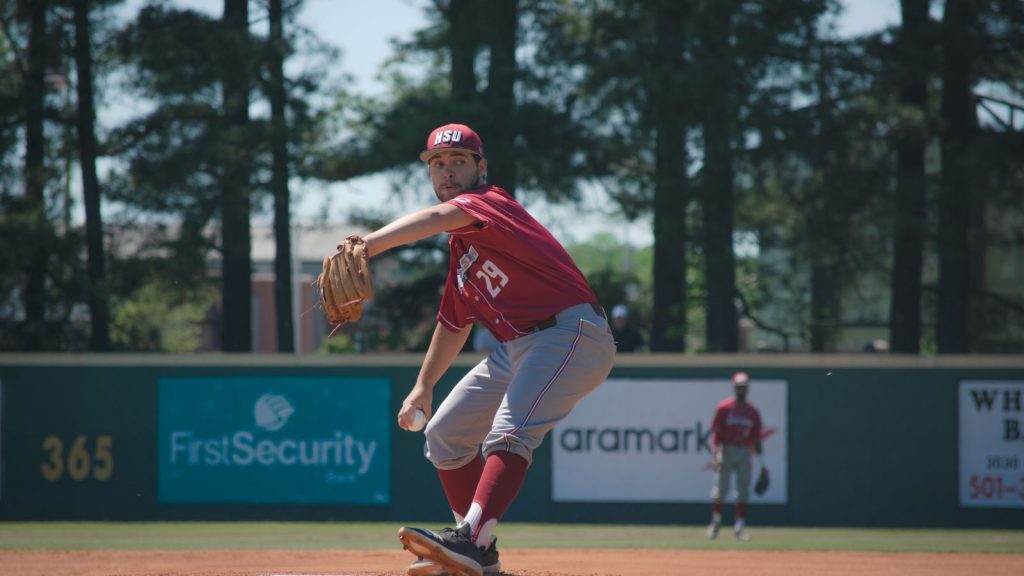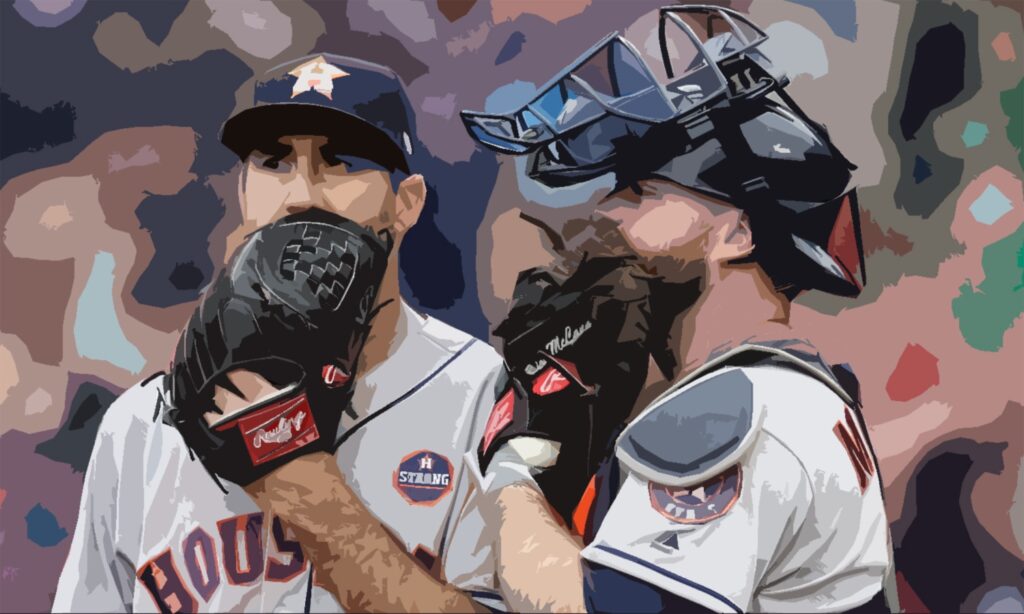So, you might be wonderin’ what this MVR thing is all about in baseball. Well, lemme tell ya, it stands for “Mound Visits Remaining.” Now, I know that might sound a bit fancy, but it ain’t nothin’ complicated once ya get the hang of it. It’s just a rule in baseball about how many times a team can visit the pitcher while they’re pitchin’ the ball. You see, in a game, there’s a limit to how many times the coach or the catcher can go up to the mound to talk to the pitcher. This MVR thing keeps track of that, makin’ sure they don’t waste too much time goin’ up there.

Now, if you ask me, it don’t seem like much, but this MVR rule is real important, especially in Major League Baseball (MLB). A team can only make five mound visits during a game without having to make a pitching change. This is somethin’ that helps speed up the game. I mean, we all know how baseball can drag on sometimes, right? So, this rule is there to keep the game movin’ along at a good pace.
But here’s the thing: not every visit counts the same way. If the pitcher gets changed out, that don’t count as a mound visit. So, if a team decides to bring in a new pitcher, that’s a different thing entirely. And if the umpire sees that the catcher and pitcher didn’t get their signals right, like if they don’t know where the pitcher is gonna throw the ball, well then, that might count as a “cross-up.” If that happens, the umpire might allow a visit even if they’ve used up all their mound visits. It’s all about makin’ sure the pitcher and catcher are on the same page.
In the old days, there wasn’t much to stop teams from visitin’ the mound as many times as they wanted. But, nowadays, with this MVR rule, teams gotta be more careful. They can’t just take their time wastin’ away all their visits, talkin’ to the pitcher every time somethin’ goes wrong. There’s a limit, and they gotta be smart ’bout how they use it.
So, let’s break it down a bit more. Each team can have a maximum of five mound visits in a nine-inning game. That means the coach, or the catcher, or even the manager can go up there and chat with the pitcher, but they gotta keep track, ’cause once they reach that limit, they can’t do it no more unless they make a pitching change. In extra innings, if the game goes long, sometimes teams get a little more leeway, but it still don’t mean they can visit the mound forever.
- If a team makes a mound visit and doesn’t change pitchers, that counts as one of their five visits.
- If a new pitcher is brought in, that don’t count as a mound visit.
- If the umpire sees a problem with the signals between the pitcher and catcher, they might allow a visit even if the team’s out of visits.
- Teams gotta be real careful with their visits, ’cause once they hit the limit, they’re done!
This MVR rule is part of how Major League Baseball is tryin’ to speed up the game. I mean, baseball’s already a slow game sometimes, right? So, this rule is one of the ways they try to keep things movin’. If a team uses up all their mound visits and they need to make a change, they gotta get that pitcher out of the game. Ain’t no more stoppin’ the game just to chat.

In the end, this MVR thing ain’t too hard to understand. It’s all about keepin’ the game movin’, not wastin’ time, and makin’ sure the pitcher and catcher are on the same page. If ya ever watch a game and see a coach rushin’ out to the mound, well, they’re keepin’ track of that MVR count. So, next time you hear someone talkin’ ’bout it, you’ll know what it means!
Tags:[MVR in Baseball, Mound Visits, Baseball Rules, MLB Rules, Baseball Strategy, Pitching Changes, MVR Explained]






